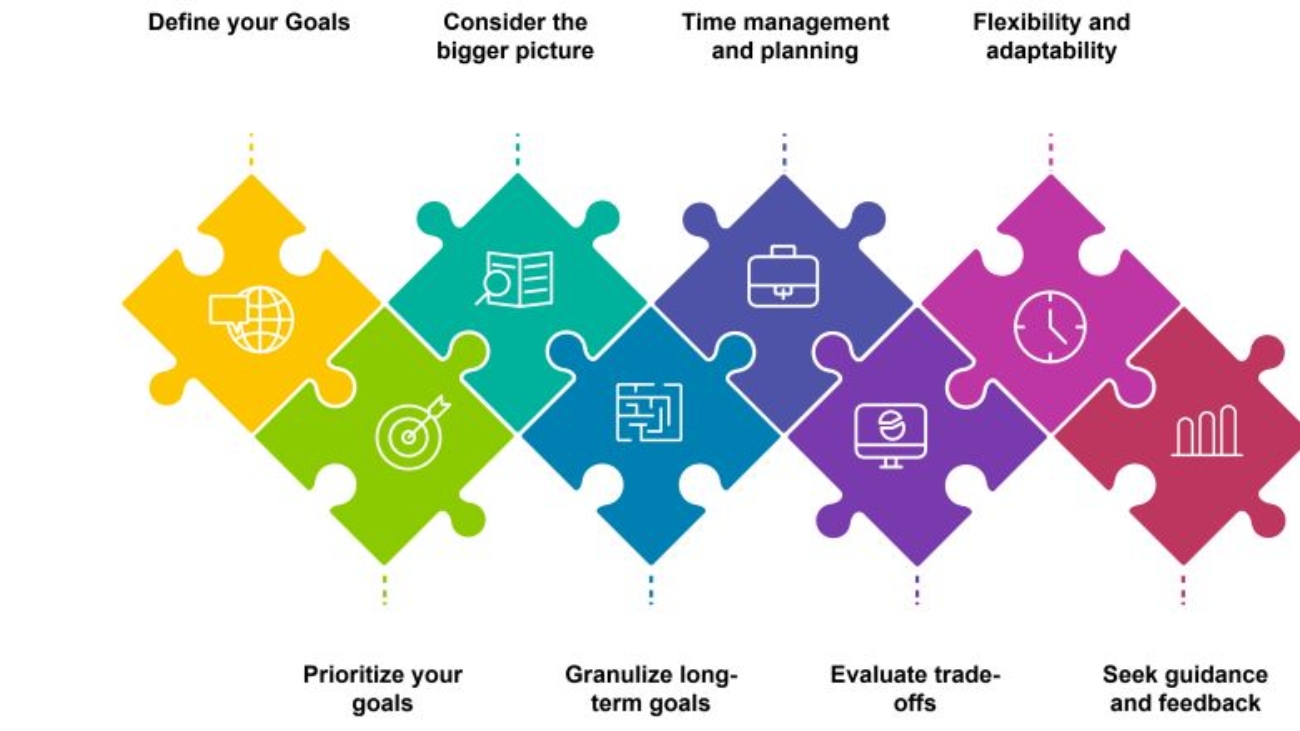Transforming Healthcare with Artificial Intelligence: Part 1
The healthcare sector is increasingly adopting different technology drivers to facilitate better patient outcomes. This 3-part article series will focus on decoding the origins and meaning of artificial intelligence and the latest trends, the progression of AI in healthcare, and the various applications which can transform the healthcare sector.
Transforming Healthcare with Artificial Intelligence: Part 2
The first part of the series focused on creating a robust foundation around artificial intelligence. This second part will highlight the rise and use cases of AI in the healthcare sector. It will focus on applications across diagnosis, administrative work. There will also be a focus on specific technological advances impacting healthcare.
Transforming Healthcare with Artificial Intelligence: Part 3
In the first two parts, we explored the meaning and rise of artificial intelligence as one of the tech drivers facilitating digital transformation and the rise of AI in healthcare. There was a focus on creating a robust understanding of what AI means and decoding its benefits. It will explore how different technological advances are impacting the healthcare sector. This final section will highlight the applicability of AI and other tech drivers in healthcare and explore the future of AI.
Work-Life Balance
Balancing short-term and long-term goals is an important aspect of effective decision-making. Here are some strategies that came to my mind that can help us achieve a balance:
1. Define your goals: Clearly articulate your short-term and long-term goals. This will provide clarity and enable you to assess the potential impact of your decisions on both timeframes.
2. Prioritize your goals: Evaluate the relative importance of your short-term and long-term goals. Determine which goals are critical for immediate success or satisfaction and which goals are more aligned with your future aspirations.
3. Consider the bigger picture: Consider, the broader context and potential long-term consequences when making decisions. Ask yourself how your choices today may impact your future opportunities, relationships, or progress.
4. Granulize long-term goals: Long-term goals can be overwhelming and may seem distant. Granulize into smaller, actionable, digestible steps that can be pursued in the short term. By doing so, you can step ahead onto the progress path on your long-term goals while attending to your immediate needs.
5. Time management and planning: Allocate dedicated time for short-term and long-term pursuits. You can set aside time for immediate tasks while reserving time for activities contributing to your long-term goals. This helps ensure that you are consistently working toward your future objectives.
6. Evaluate trade-offs: Recognize that some decisions may involve trade-offs between short-term and long-term goals. I’d like you to please assess each option’s potential benefits and drawbacks, considering whether any compromises are acceptable or necessary.
7. Flexibility and adaptability: Circumstances can change, and goals can evolve during the journey. Be open to adjusting your plans and priorities as needed. Review and reassess your goals to remain relevant and aligned with your aspirations.
8. Seek guidance and feedback: Engage with mentors, advisors, or trusted individuals who can provide valuable perspectives on balancing short-term and long-term goals. Their insights and experiences can help you make more informed decisions.
We should remember that balancing short-term and long-term goals is an ongoing process. It requires mindful consideration and periodic reassessment as you progress through different stages of life.
I would like to summarise this by creating the infographics below.
Please leave your thoughts and opinions by commenting.
Super Node Elevation: Boosting Performance in Computer Networking
In the realm of computer networking, the quest for enhanced performance and efficiency is a never-ending pursuit. As technology evolves, so does the need for innovative solutions to overcome the challenges of increasing data traffic, complex network structures, and rising user demands. One such solution that has gained attention is the concept of Super Node Elevation. This article explores what Super Node Elevation entails and how it has the power to revolutionize computer networking.
At its core, Super Node Elevation is a strategy that aims to optimize network performance by strategically elevating specific nodes within a network hierarchy. Traditionally, computer networks are organized hierarchically, with nodes distributed across multiple layers. These layers range from the edge layer, which includes end-user devices, to the core layer, which forms the backbone of the network infrastructure. Each layer serves a specific purpose and handles different types of traffic.
In a Super Node Elevation approach, specific nodes within the network are designated as super nodes and are granted additional capabilities and resources. These nodes act as high-performance aggregation points (converging hubs) that consolidate traffic and provide advanced processing capabilities. Network performance can be significantly improved by strategically placing super nodes at critical points, such as high-traffic convergence points or areas prone to bottlenecks.

The key benefit of Super Node Elevation is the ability to reduce latency and increase data transfer speeds. Concentrating traffic at super nodes minimizes the distance data needs to travel, resulting in reduced latency. Additionally, super nodes can leverage advanced processing capabilities to handle complex computations and efficiently manage data flows. This enables faster data processing and transfer, improving overall network performance.
Furthermore, Super Node Elevation offers enhanced scalability and flexibility. The traditional hierarchical structure can become a limiting factor as networks expand and evolve. Super Nodes provide a dynamic and adaptable solution accommodating changing network demands. By elevating nodes strategically, network administrators can redistribute resources and adjust the network’s architecture to match evolving requirements, ensuring optimal performance even as the network scales.
Another advantage of Super Node Elevation is the potential for increased fault tolerance and resilience. Network administrators can implement redundancy and load-balancing mechanisms more effectively by concentrating traffic and resources at super nodes. If a super node fails, traffic can be rerouted to alternate super nodes, minimizing the impact on network operations. This approach improves network reliability and ensures continuity of service, even in the face of failures or disruptions.

However, it is essential to consider potential challenges and considerations when implementing Super Node Elevation. Designating specific nodes as super nodes requires careful planning and analysis to identify the optimal locations. Factors such as traffic patterns, network topology, and resource availability must be considered to ensure effective super node placement. Additionally, the increased processing capabilities and resources allocated to super nodes may introduce additional costs, which should be evaluated against the potential performance gains.
Super Node Elevation presents a promising approach to address the ever-growing demands of computer networking. Super Nodes can optimize performance, reduce latency, and enhance scalability by strategically elevating specific nodes within the network hierarchy. The concentration of resources and advanced processing capabilities at super nodes enables faster data transfer, improved fault tolerance, and increased network resilience. While challenges exist in the implementation and cost considerations, the potential benefits make Super Node Elevation an intriguing concept worth exploring further in the quest for efficient and high-performance computer networks.






